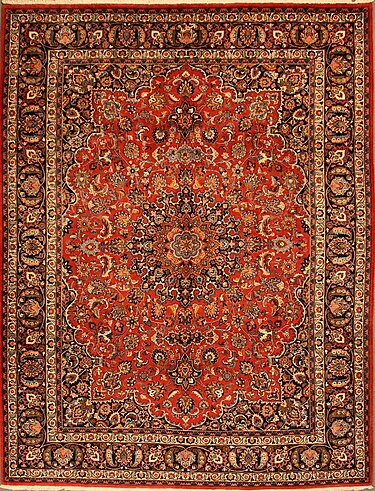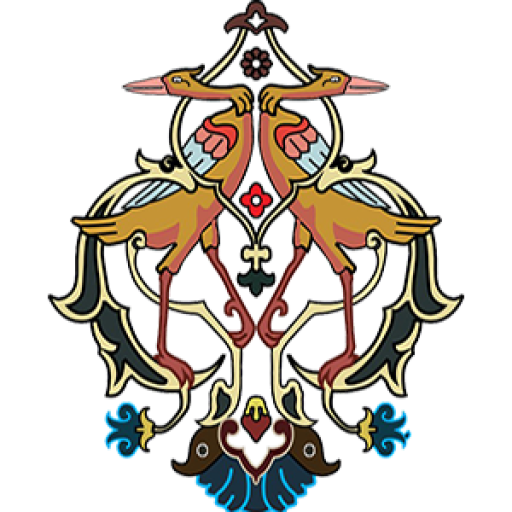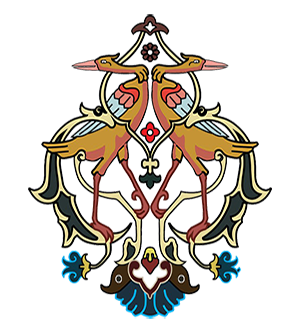History of Shiraz Carpets
Shiraz, one of the oldest and culturally significant cities in Iran, has long been recognized as a center for producing beautiful and high-quality carpets. The tradition of carpet weaving in this city dates back to ancient times, and this craft has been a vital part of Shiraz’s local culture and industry. The carpet industry saw significant growth during the Safavid and Qajar periods, with Shiraz carpets gaining widespread recognition for their fine quality and intricate designs.
During the Safavid period, particularly under Shah Abbas I, carpets from Shiraz gained prominence due to their use of high-quality yarns and complex, delicate designs. In the Qajar era, Shiraz carpets were considered luxury export items and were in great demand across Europe, Central Asia, and the Middle East.
In modern times, Shiraz carpets have continued to thrive as one of Iran’s most important handicrafts, maintaining their reputation for quality and beauty.






